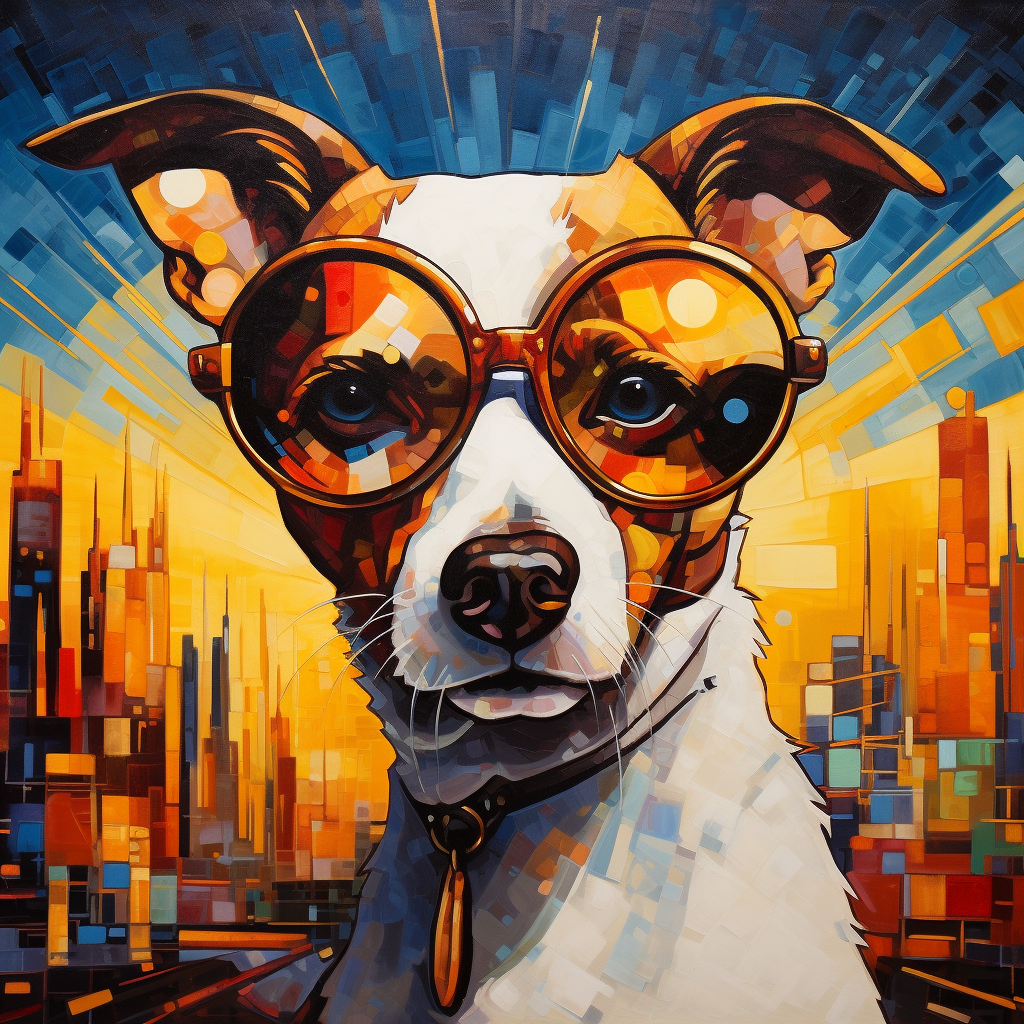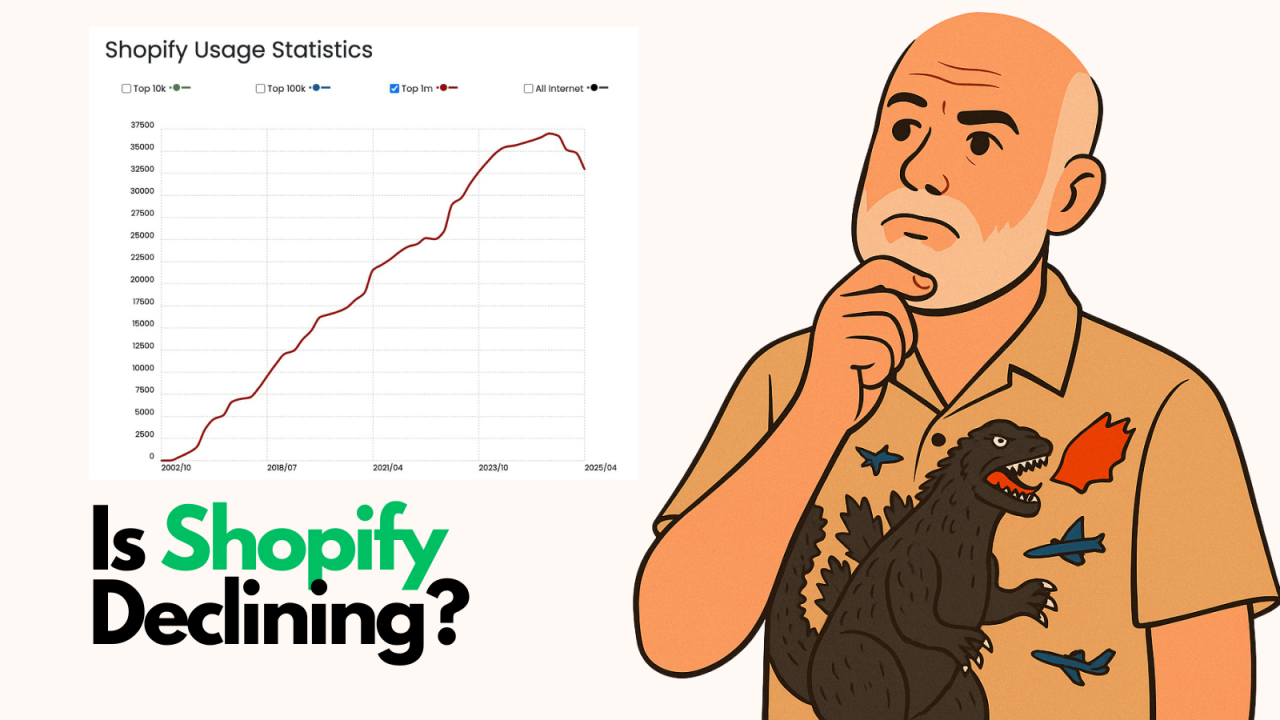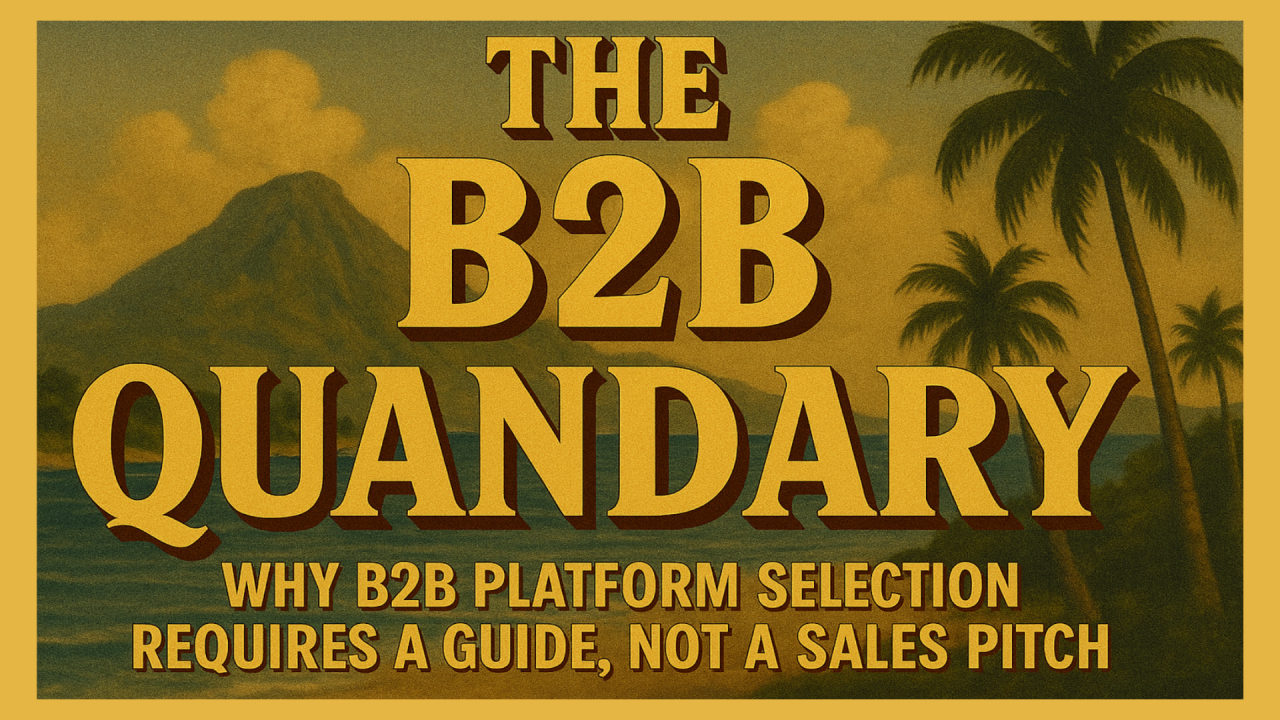
Artificial intelligence (AI) has transformed content creation by enabling the quick and efficient generation of content through chatbots. You may have heard of the latest AI chatbot innovation, ChatGPT. ChatGPT is an AI language model developed by OpenAI and is a chatbot specifically designed for conversational interactions. However, chatbots often lack the nuanced expertise that human editors provide. In today's digital age, it's essential to strike a balance between technology and human expertise to ensure that content is optimized for search engines and is engaging and relevant to the target audience. In this article, we'll explore the role of human editors in refining chatbot-generated content and how this collaboration between AI and human expertise can produce high-quality content that resonates with readers.
AI has made significant progress in recent years, enabling its use in content creation. Chatbots exemplify how AI can generate content rapidly and efficiently on various topics. Chatbots can be programmed to create content on any topic, and they can do so in a matter of seconds. Human editors play a vital role in content creation by adding a personal touch, ensuring accuracy, providing informative and engaging content, and resonating with the target audience. But all technology comes with it's advantages and disadvantages so let's look at some of the pros and cons of ChatGPT-generated content:
Human editors play a crucial role in refining chatbot-generated content by ensuring its accuracy, informativeness, engagement, and relevance to the target audience. They can fact-check the content and ensure that the information is reliable and trustworthy. They add a personal touch through their experience and knowledge, creating a resonating tone of voice making the content more relatable and compelling. Additionally, human editors bring their creativity to the table by refining the structure of the content. They craft compelling headlines, subheadings, and formatting to enhance readability and impact. Editors also ensure a logical flow of ideas and smooth transitions throughout the text. Lastly, they are responsible for maintaining quality standards and ensuring that the content adheres to relevant guidelines, style guides, and brand voice. They enforce consistency, eliminate errors, and polish the content for a professional finish.
In successful collaborations between AI and human editors, news organizations use chatbots to generate news articles quickly, which are then refined by human editors to ensure accuracy and engagement. Similarly, in the e-commerce industry, chatbot-generated product descriptions are polished by human editors for accuracy and engagement.
There are several challenges and limitations in AI and human editor collaboration. Chatbots, despite their advanced capabilities, lack the nuanced understanding and expertise that human editors possess. They may struggle to comprehend complex topics, idiomatic expressions, or cultural references, resulting in inaccuracies or inappropriate responses. Human editors are needed to fill in these gaps and ensure the content's accuracy and relevance. Chatbots often have difficulty understanding the context in which a conversation or content is taking place. They may misinterpret or misapply information due to the absence of contextual awareness. They cannot understand the nuances of language and may produce text that requires extensive editing or refinement to meet desired standards.
While chatbots excel in speed and efficiency, relying solely on automation may sacrifice the quality and creativity that human editors bring. Other challenges arise if the training data used to develop the chatbot contains biases or prejudices, these can be reflected in the generated content. Chatbots may unintentionally perpetuate stereotypes or present a skewed perspective. Human editors must be vigilant in identifying and addressing any bias in the content and ensuring fairness and inclusivity.
By recognizing these challenges and limitations, organizations can develop strategies to mitigate them and foster effective collaboration between chatbots and human editors.
There are many tools and techniques available for AI and human editor collaboration. One of the most important tools is a content management system (CMS). A CMS serves as a centralized platform to manage content workflows. It allows seamless collaboration between chatbots and human editors, providing an organized space for content generation, editing, reviewing, and publishing. Popular CMS options include WordPress, Drupal, and HubSpot CMS.
Another tool is machine learning algorithms. Machine learning algorithms can be used to analyze data and improve the accuracy of chatbot-generated content. By training the chatbot on high-quality datasets and fine-tuning its algorithms, the generated content can be enhanced, reducing the need for extensive human editing.
Finally, collaboration tools such as Slack, Microsoft Teams, or Google Workspace can enhance communication and collaboration between chatbots and human editors. They provide real-time messaging, file sharing, and project management features, enabling efficient coordination and feedback exchange.
AI has revolutionized the way we create and consume content and will continue to play an increasingly significant role in content creation, working hand-in-hand with human editors. The collaboration will focus on combining the strengths of AI, such as speed, efficiency, and data analysis, with human expertise in areas like creativity, context comprehension, and emotional intelligence. As the technology advances, it will lead to more sophisticated language models and chatbots. These AI systems will become more nuanced, accurate, and capable of generating higher-quality content and this will enable more personalized experiences for readers. By leveraging data analytics and user insights, AI systems can tailor content to individual preferences, demographics, and browsing behaviors. Human editors will contribute to this process by refining and optimizing the personalized content. AI systems will continuously learn and adapt based on user feedback and interactions. Human editors will provide insights and refine the AI algorithms to improve the content quality over time. This iterative process will lead to an ongoing cycle of learning, enhancing the overall content creation process.
By leveraging the strengths of AI and human expertise, the future of content creation holds the promise of producing high-quality, engaging, and relevant content at scale. The collaboration between AI and human editors will continue to evolve, pushing the boundaries of creativity, efficiency, and personalization to meet the evolving needs of content consumers.

Following up on my earlier post about BigCommerce's rebrand announcement, I got my hands on theCleveland...

By Brent W Peterson AI vs Shopify: Is Platform Dominance Ending in 2025?

The B2B OG Reality Check In 1995, I built my first B2B website for my then computer assembly company. It...